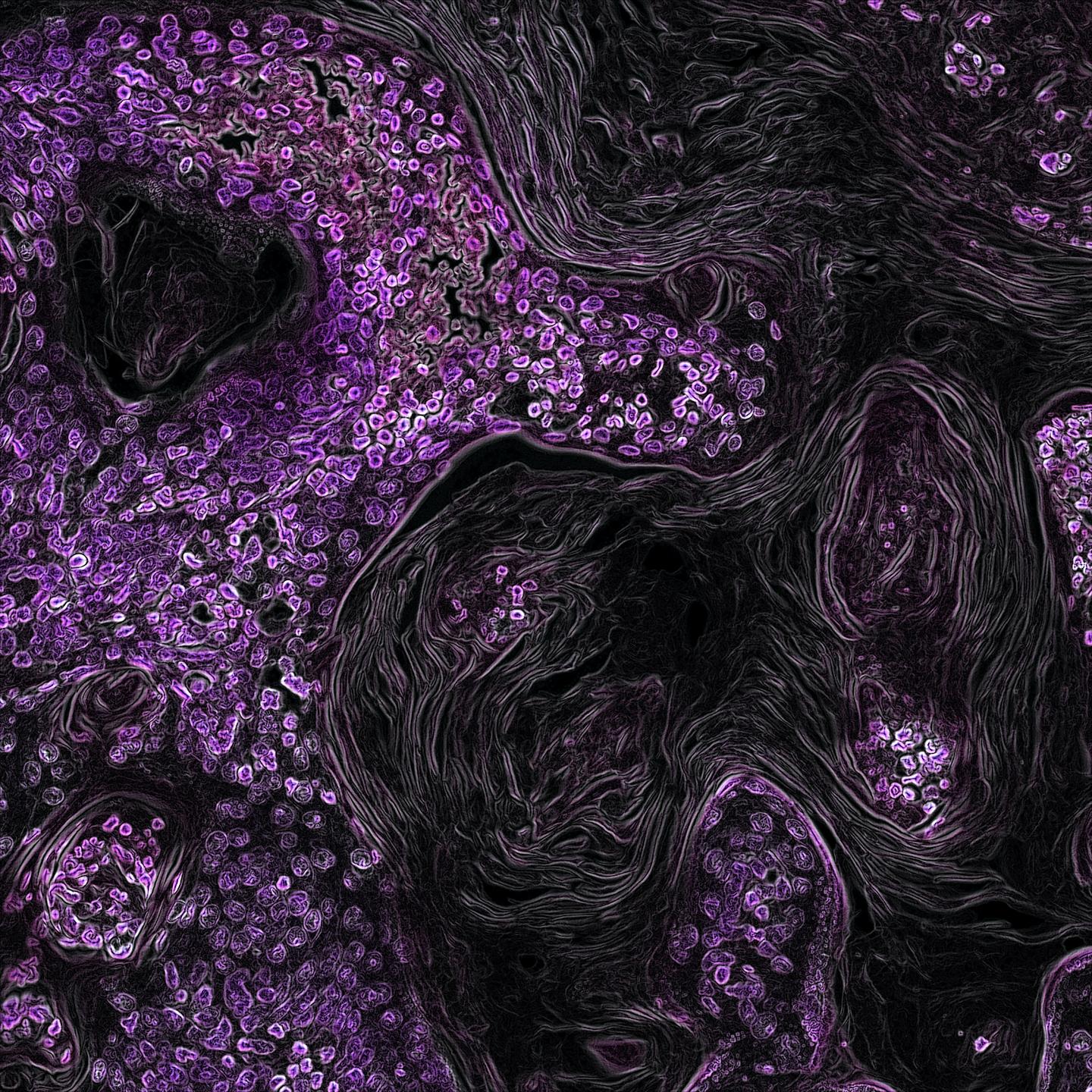1.1 Sample 1 » Further exploration
Changes in cell geometry are observed repeatedly in experimental evolution of multicellular snowflake yeast. Is cell geometry simply "easier" to change than cell-cell adhesion or is it more useful? The model and simulation discussed in this section highlight the importance of cellular geometry on the ability of newly emerging multicellular organisms to grow in size, dominating the effects of changes in cell-cell bond strength. Previous studies have found that densely packed cell clusters (of yeast) exert very large forces on cell-cell bonds, on the order of 10 µN on a mother-daughter bud junction1. In contrast, the cell-cell bonds between mammalian cells break with forces on the order of only 100 pN, despite long-term evolutionary adaptations for cell-cell adhesions and multicellularity. A densely packed snowflake yeast cluster would require novel evolutionary adaptation(s) to increase its resistance to the mechanical stresses imposed by multicellularity that may either be not available in the yeast genome or may require different selective pressures to uncover. In contrast, cell shape in budding yeast is naturally subject to variation and is polygenic, ie. several genes affect this trait, such that alterations in any one of the underlying genes may provide the phenotypic space for the elongated cells that promote cluster growth.
Is there a limit to growth through cell shape changes? How can snowflake yeast clusters grow from hundreds of cells per cluster to hundreds of thousands of cells per cluster? In the next section, we will look at macroscopic snowflake yeast clusters and the underlying genetics and cellular features that enable large, multicellular organisms.
[1] see references in Jacobeen et al.

